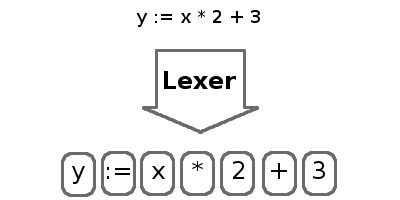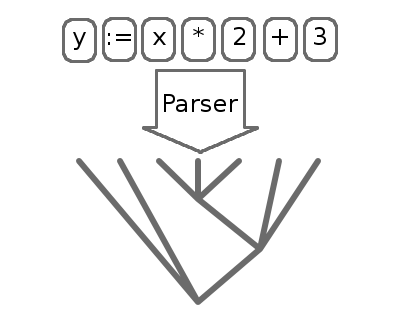Rotate a Video 90 degrees with VLC or Windows Live Movie Maker
Have you ever captured video with your cell phone or camcorder only to discover when you play it back on your computer that the video is rotated 90 degrees? Or maybe you shot it that way on purpose because you preferred portrait style to a landscape view? Before you go straining your neck or flipping your monitor on it’s side to watch your video, we’ll show you a few easier methods.
If you simply want to rotate the video while you watch it, we’ll show you how to accomplish that with VLC Media Player. If you want to convert the video so it is rotated permanently, we’ll show you how to do that with Windows Live Movie Maker and output your video as a WMV file.
Rotate and Watch a Video in VLC
Download, install, and run VLC Media Player. (See download link below)

Open your video file by going to Media > Open File… and browsing for your file. Or, by just dragging and dropping your video onto the VLC player.

Choose Tools from the Menu bar and select Effects and Filters.

On the Video Effects tab, tick the Transform checkbox and choose your degrees of rotation. The video is rotated counter-clockwise, so to rotate clockwise 90 degrees you’ll want to choose Rotate by 270 degrees.

Now you can enjoy your video the way it was intended to be viewed.

Rotate and Convert the Video with Windows Live Movie Maker
Starting with Windows 7, Windows Movie Maker no longer comes pre-installed with the OS. It’s now part of the Windows Live suite that is available as a separate, free download for Windows 7 and Vista. (Windows XP is not supported) You can find the link to our detailed instruction on how to install Windows Live at the end of the article.
To add your video files to Windows Movie Maker, click on Add videos and photos on theHome tab, or drag and drop the video into the blank area on the right side of the application.

Next, you’ll need to rotate the video. Staying on the Home tab, click on the Rotate right 90°
or Rotate left 90°.

You’ll see your video is now oriented properly on the left.

To save and convert your video to WMV format, click the Movie Maker tab just to the left of the Home tab. Hover your cursor over Save movie, and then select your output settings. You also have the option to burn directly to DVD.

Browse for a location to save it and rename the output file if you’d like. Click Save.

You’ll be notified when the file is complete.

Now you’ll have your video properly oriented in WMV file format.

These are two rather easy ways to accomplish rotating your video. Unfortunately, Windows Live Movie Maker doesn’t give you a lot of options for output. If you want to output to a file, your only choice is WMV format or DVD. However, previous versions will also allow you to export to AVI.





